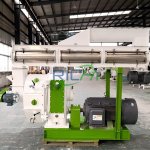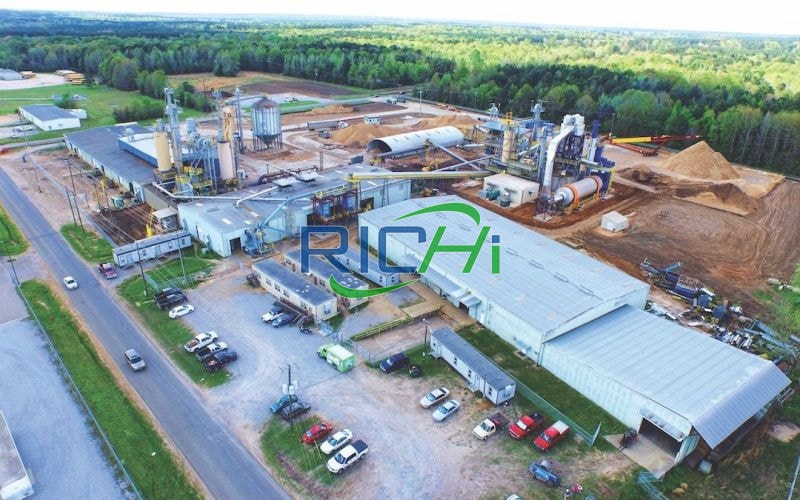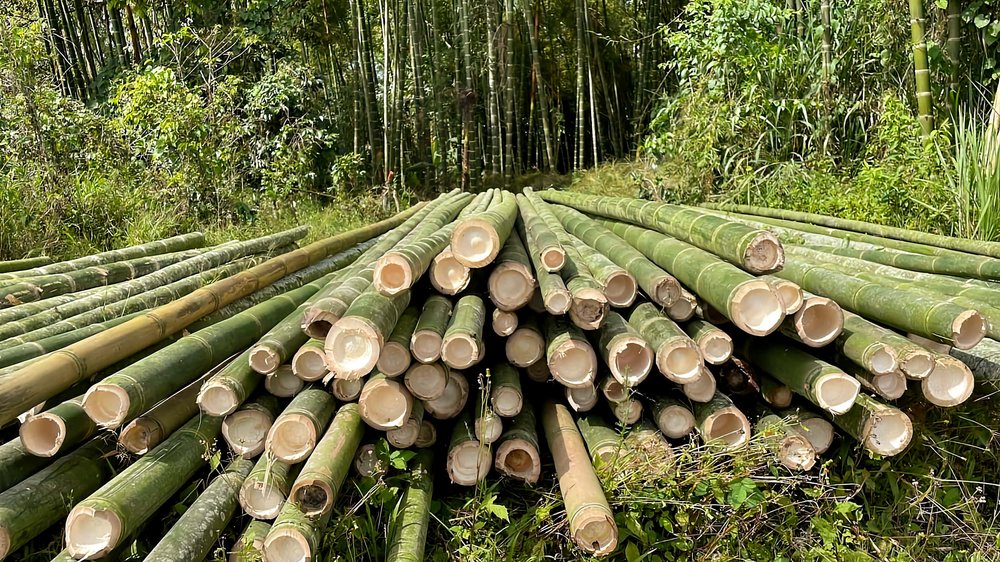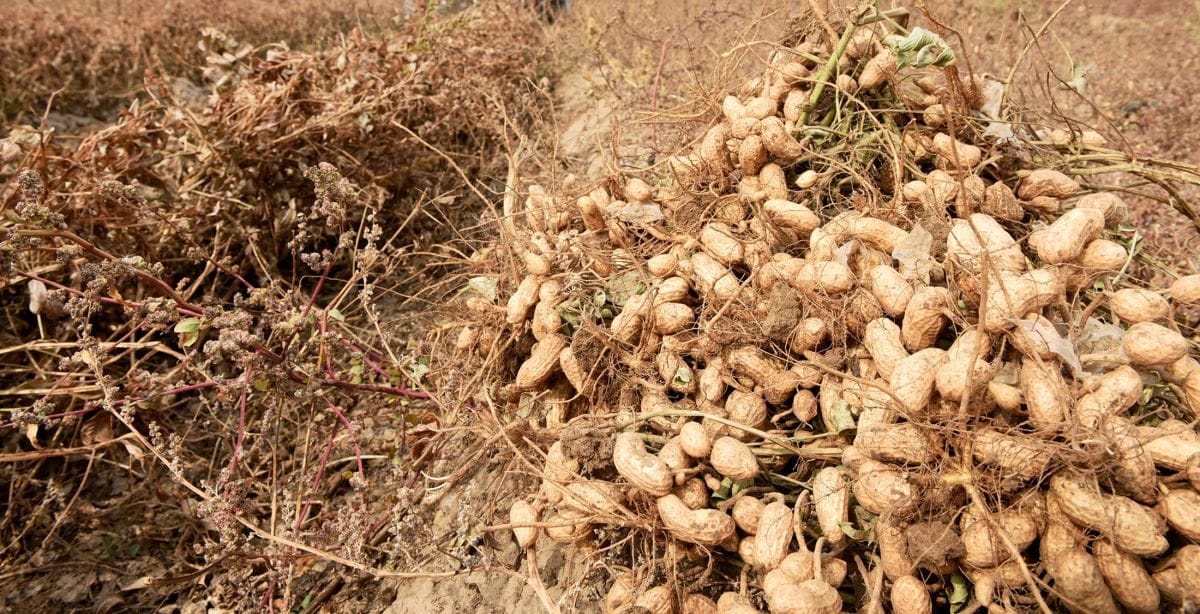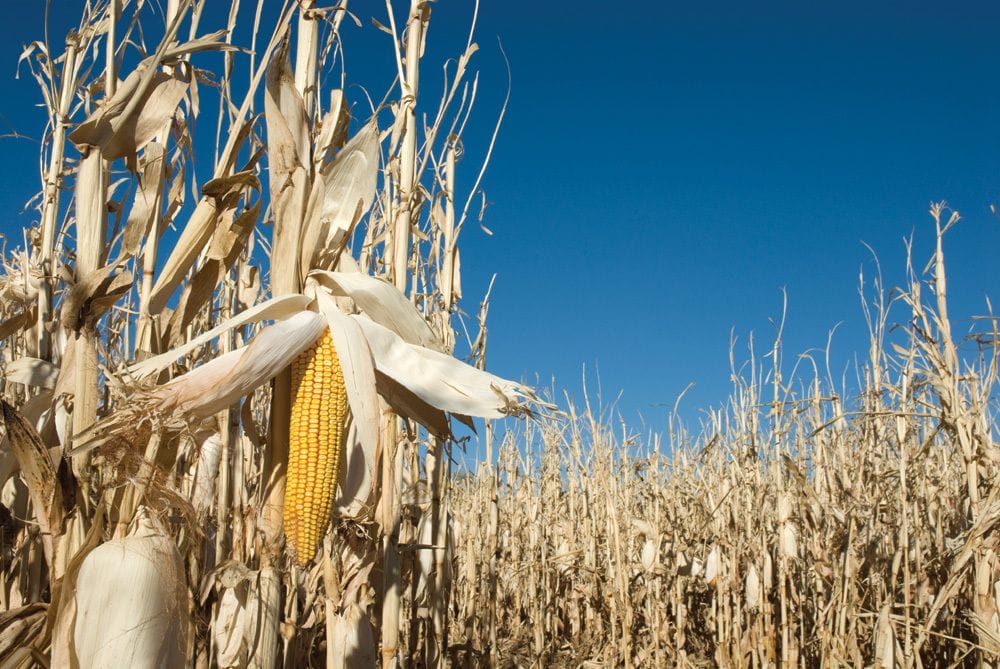South Africa, with its diverse agricultural and forestry sectors, offers a wide range of local raw materials suitable for biomass pellet production. As the country moves towards more sustainable energy solutions, establishing biomass pellet plants presents an opportunity to utilize these resources effectively. This article explores the various local raw materials available in South Africa that can be used in a biomass pellet plant project.
Woody Biomass
- Invasive Alien Plants (IAPs)
South Africa has a significant problem with invasive alien plants, which threaten biodiversity and water security. Using these plants as raw material for biomass pellets offers a dual benefit:
- Helps in controlling the spread of IAPs
- Provides a sustainable source of biomass
Common invasive species suitable for pellet production include: - Black Wattle (Acacia mearnsii)
- Port Jackson (Acacia saligna)
- Pine species (Pinus spp.)
- Forestry Residues
The South African forestry industry generates substantial woody biomass residues that can be used for pellet production:
- Sawdust and wood shavings from sawmills
- Tree tops and branches from logging operations
- Thinnings from plantation management
- Wood Processing Waste
The country’s furniture and wood processing industries produce wood waste that can be redirected to pellet production:
- Off-cuts and trimmings
- Sawdust and wood chips
Agricultural Residues
- Sugarcane Bagasse
South Africa is a significant producer of sugarcane, particularly in KwaZulu-Natal province. Sugarcane bagasse, the fibrous residue left after extracting juice from sugarcane, is an excellent raw material for biomass pellets due to its:
- High availability
- Good combustion properties
- Existing collection infrastructure at sugar mills
- Corn Stalks and Cobs
Maize (corn) is widely cultivated in South Africa, generating substantial agricultural residues:
- Corn stalks left after harvesting
- Corn cobs after grain removal
These materials can be collected and processed into biomass pellets, offering a solution for agricultural waste management.
- Wheat Straw
Wheat cultivation, particularly in the Western Cape, produces straw as a byproduct. Wheat straw can be effectively used in biomass pellet production, either alone or blended with woody materials. - Sunflower Stalks
South Africa is a significant producer of sunflowers, primarily in the Free State, North West, and Limpopo provinces. Sunflower stalks left after harvesting can be collected and used as a raw material for biomass pellets.
Dedicated Energy Crops
- Bamboo
While not currently widespread in South Africa, bamboo cultivation for biomass production is gaining interest due to its:
- Rapid growth rate
- High yield per hectare
- Ability to grow on marginal lands
- Sorghum
Sweet sorghum and biomass sorghum varieties can be cultivated specifically for energy production. These crops are well-suited to South Africa’s climate and can provide a dedicated source of biomass for pellet production.
Industrial Byproducts
- Paper and Pulp Industry Residues
South Africa has a significant paper and pulp industry, which generates various residues suitable for pellet production:
- Bark from debarking operations
- Sludge from paper recycling processes
- Wood chips and sawdust from pulp production
- Nut Shells
The country’s macadamia and pecan nut industries produce shells that can be processed into high-quality biomass pellets.
Considerations for Raw Material Selection
When choosing raw materials for a biomass pellet plant in South Africa, several factors should be considered:
- Availability and Supply Chain
- Assess the quantity and consistency of supply for each potential raw material
- Consider seasonal variations in agricultural residues
- Evaluate transportation infrastructure for moving raw materials to the production facility
- Quality Characteristics
- Analyze the moisture content, ash content, and calorific value of different materials
- Consider the pelletizing properties of various biomass sources
- Assess the need for blending different materials to achieve desired pellet qualities
- Sustainability
- Ensure that forest resources are harvested sustainably to maintain long-term supply
- Consider the environmental impact of collecting agricultural residues
- Evaluate the potential for establishing dedicated energy crop plantations
- Economic Factors
- Compare the costs of collecting and transporting different raw materials
- Assess the processing requirements for each material type
- Consider the potential market value of pellets produced from different raw materials
- Local Regulations and Policies
- Understand any restrictions on harvesting or using certain biomass resources
- Explore government incentives for using specific types of biomass or waste materials
- Community Impact
- Consider the potential for job creation in raw material collection and processing
- Assess the impact on local agricultural and forestry practices
Challenges and Opportunities
While South Africa offers a diverse range of potential raw materials for biomass pellet production, there are challenges to address:
- Competition for Resources
Some biomass materials may have competing uses in other industries or for soil health maintenance. - Seasonal Variability
Developing strategies to manage the seasonal availability of agricultural residues will be crucial for year-round production. - Infrastructure Development
Improving collection, transportation, and storage infrastructure may be necessary for efficient biomass utilization.
Despite these challenges, the opportunities are significant:
- Waste Reduction
Utilizing agricultural and industrial byproducts for pellet production can significantly reduce waste and environmental impact. - Rural Development
The collection and processing of raw materials can create employment opportunities in rural areas. - Energy Security
Producing biomass pellets locally can enhance South Africa’s energy security and reduce dependence on coal. - Export Potential
High-quality biomass pellets could be exported to international markets, particularly in Europe and Asia.
Conclusion
South Africa possesses a rich variety of local raw materials suitable for biomass pellet production, ranging from woody biomass and agricultural residues to dedicated energy crops and industrial byproducts. By carefully selecting and managing these resources, a biomass pellet plant in South Africa can not only produce a valuable renewable energy product but also contribute to waste reduction, rural economic development, and environmental conservation.
The key to success lies in developing a flexible production system that can utilize a mix of raw materials, adapting to seasonal availability and market demands. With proper planning and sustainable practices, South Africa’s biomass pellet industry can become a model for biomass utilization in Africa, supporting the country’s transition to cleaner energy sources while making efficient use of its natural resources.

